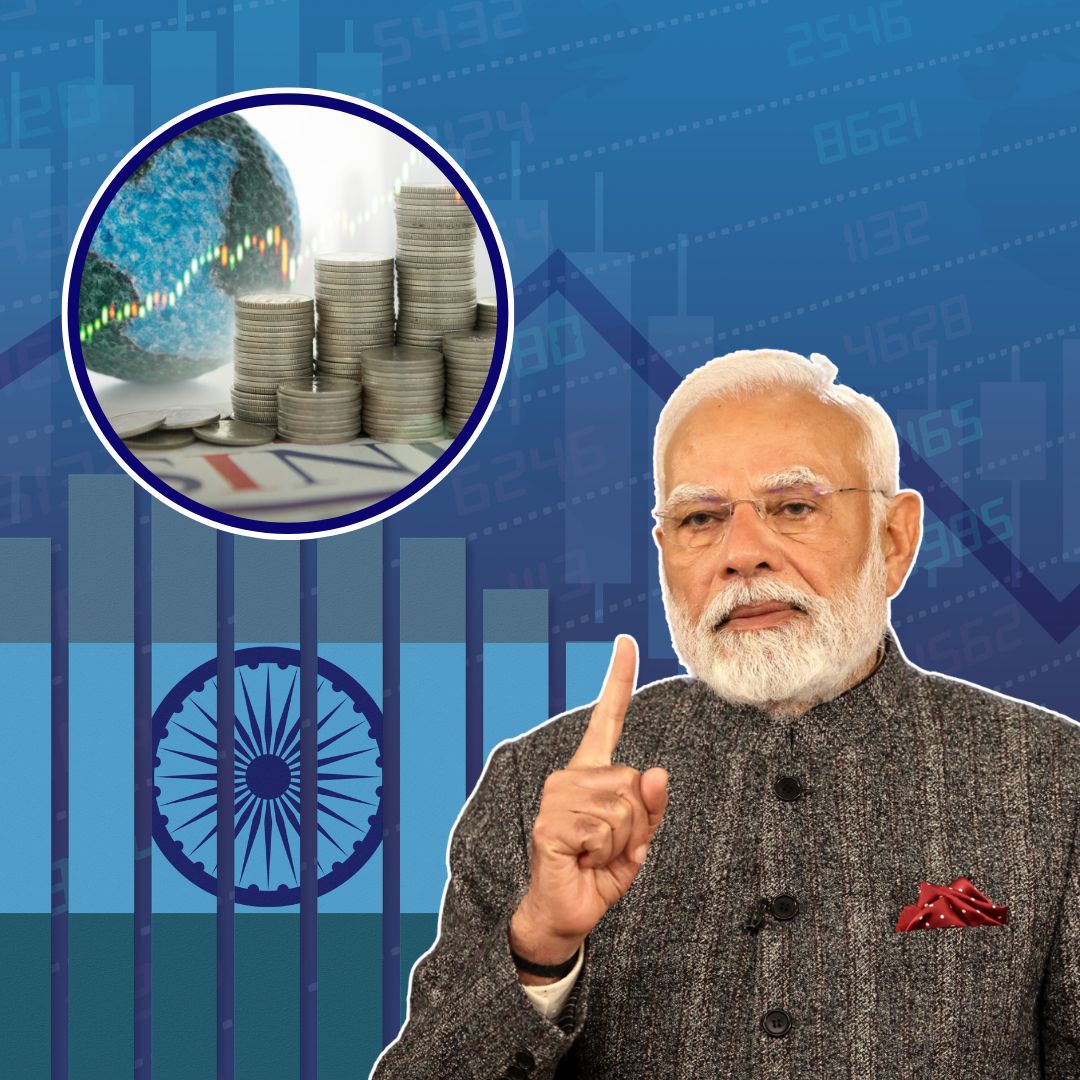India’s economy is projected to reach $20.7 trillion in terms of purchasing power parity (PPP) by 2030 and could surpass the United States to become the world’s second-largest economy with a GDP of $34.2 trillion by 2038, according to the August 2025 EY Economy Watch report.
Currently the fourth-largest economy with a nominal GDP of approximately $4.19 trillion, India’s fast-paced growth is supported by its young population, strong savings, and sustainable fiscal management. Analysts point out that India’s median age of 28.8 years, high investment rates, and a declining government debt-to-GDP ratio, expected to drop from 81.3% in 2024 to 75.8% by 2030, will play a critical role in maintaining this trajectory.
Moreover, the nation’s reliance on robust domestic demand and ongoing structural reforms such as GST and the Insolvency and Bankruptcy Code are strengthening its economic foundation, allowing it to weather global uncertainties better than many peers.
Trade Challenges and Managing Tariff Pressures
Despite these promising forecasts, rising trade tensions present challenges. The US has imposed tariffs reaching up to 50% on selected Indian exports worth over $48 billion, including textiles, gems and jewellery, shrimp, leather, footwear, chemicals, and machinery.
However, the impact on India’s overall economic growth is expected to be limited. According to EY, these tariffs affect goods that represent only about 0.9% of India’s GDP, and with appropriate countermeasures such as export diversification, enhancing competitiveness, and tapping into new markets, the slowdown in growth could be contained to just 10 basis points of real GDP.
Excluded from these duties are significant sectors like pharmaceuticals and electronics, which continue to experience strong demand internationally. Experts underline that India’s large internal market and efforts to boost production-linked incentives provide resilience against external shocks.
Comparative Global Position and Future Outlook
When compared to other major global economies, India stands out for its demographic advantage and fiscal health. China, while projected to remain the largest economy with a PPP of $42.2 trillion by 2030, is grappling with an ageing population and rising debt burdens.
The US faces challenges such as slower growth rates and a debt-to-GDP ratio exceeding 120%. Developed economies like Germany and Japan are constrained by ageing populations and heavy dependence on global trade flows. India, in contrast, benefits from a younger workforce and ongoing reforms aimed at boosting productivity and innovation.
The forecasted growth rates, around 6.5% for India compared to roughly 2.1% for the US toward 2030, underline India’s potential to close the gap. By 2028, India is also expected to become the third-largest economy by market exchange rates, likely overtaking Germany.
The Logical Indian’s Perspective
India’s economic story is not just about numbers; it reflects the hopes and dreams of its millions striving for inclusive prosperity. While such strong growth projections are encouraging, it is vital that the benefits reach every section of society, reducing inequality and promoting sustainable development.
The challenges posed by external tariffs highlight the global interconnectedness and emphasize the need for peaceful dialogue, cooperation, and wise policies that balance competitive growth with diplomatic harmony.











